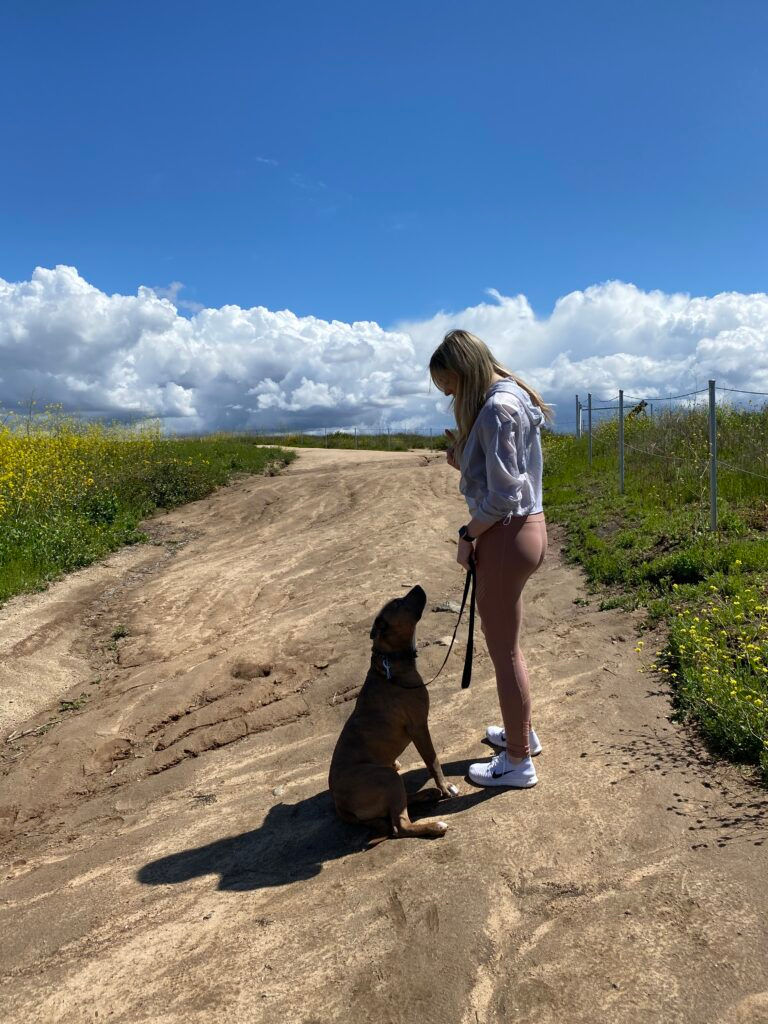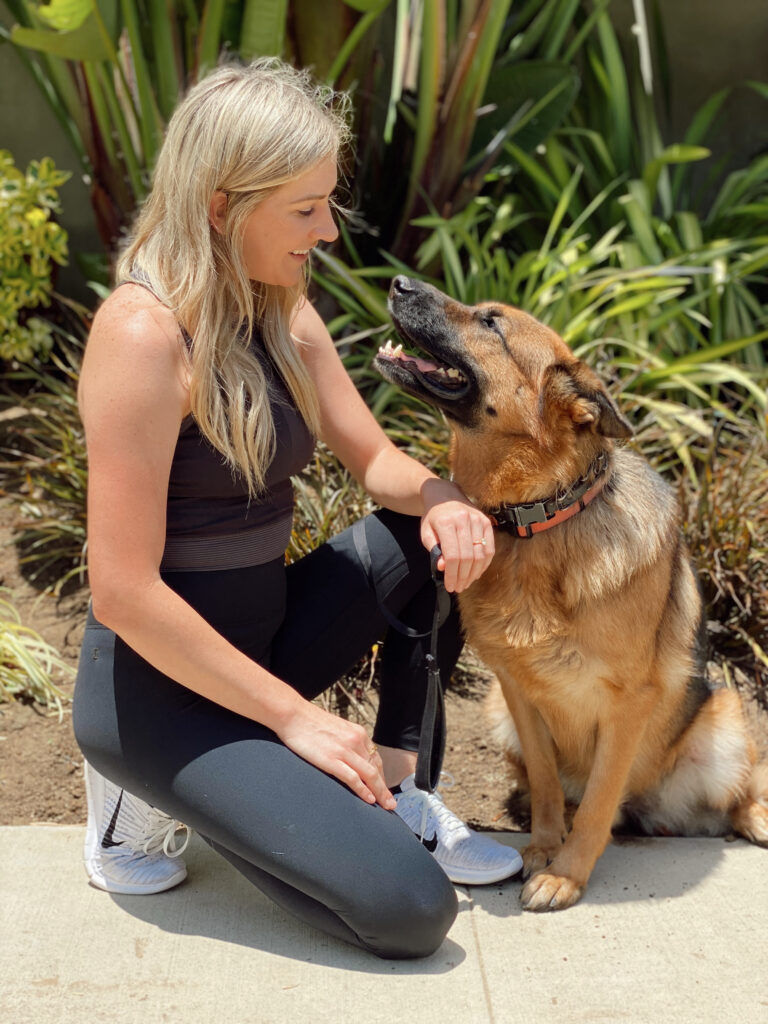- Aug 10, 2020
- 3 min read
Updated: Jul 7, 2022
I’m sure there are times when you’re walking your dog and it’s nearly impossible to get them to pay attention to you. Whether it’s another dog, a bicycle, the mailman, or a really enticing scent, sometimes dogs have a tough time not reacting by barking, rushing ahead, jumping, or stopping completely. This is where the Check Method comes in really handy.
What it looks like:
When you use the command Check your dog will take his attention off everything else and calmly look you in the eye. You should be able to use this command effectively in any setting: walking on a leash, sitting in a crowded cafe, hanging out at home, etc. Your dog should be able to give you his full attention and stop any negative behavior by sitting, standing, or walking calmly while pointing its face and gaze to yours. A successful response to Check isn’t just a quick glance in your direction, your dog should be able to lock eyes with you for a minimum of two seconds regardless of any distraction.
How to Teach it:
This is not an easy command to get a successful response to all the time but repetition, praise, treats, and corrections will help your dog become more calm and responsive to you.
Treats are a great way to start teaching Check. Have your dog sit calmly with a treat in your hand and use your other hand to point from his face to your face while saying Check. Moving the treat up to your eye level helps. Once your dog looks up, immediately praise with “Good Check” and reward with a treat. Having your dog follow your hand up to your face over and over and rewarding with praise and treats will get them used to looking towards you. Next, try it without the treat and then try it without you pointing to your face. When your dog looks up towards your face, he will naturally look you in the eyes so practice maintaining eye contact for as long as possible and always praise when it’s done correctly. Repetition helps a lot with this command and try using it in different situations. If your dog is across the room laying down have them Check in with you at random times just so they get used to the command and expected response.
Now you can start using Check during your walks. While walking on a leash, stop, make them sit, then have them Check. Start practicing this on walks where there aren’t too many distractions around. You can bring treats along in the beginning but always immediately respond with “Good Check!” so that they are reminded of the command. While walking you can start asking them to Check without stopping or slowing down. They should be able to keep your pace while looking up at you. Walking and Checking are so helpful when passing by distractions. When you are passing by something that your dog usually reacts to, you can even try repeating Check Check Check while picking up your pace so that your dog is paying attention to you and nothing else.

I don’t know too many dogs that don’t love going for walks with their owner and if my dog smells something extra special that he just can’t resist, I let him go for it because it’s nice to stop and smell the flowers (or urine) every once in a while. However, there are times when I worry about dog aggression, overexcitement when there’s food or new people around, or other distractions where I may lose control and using Check lets him know I’m his pack leader, he’s safe with me, and there’s no reason to react.
Remember, when you are the pack leader, your dog gets to have fun and relax.


